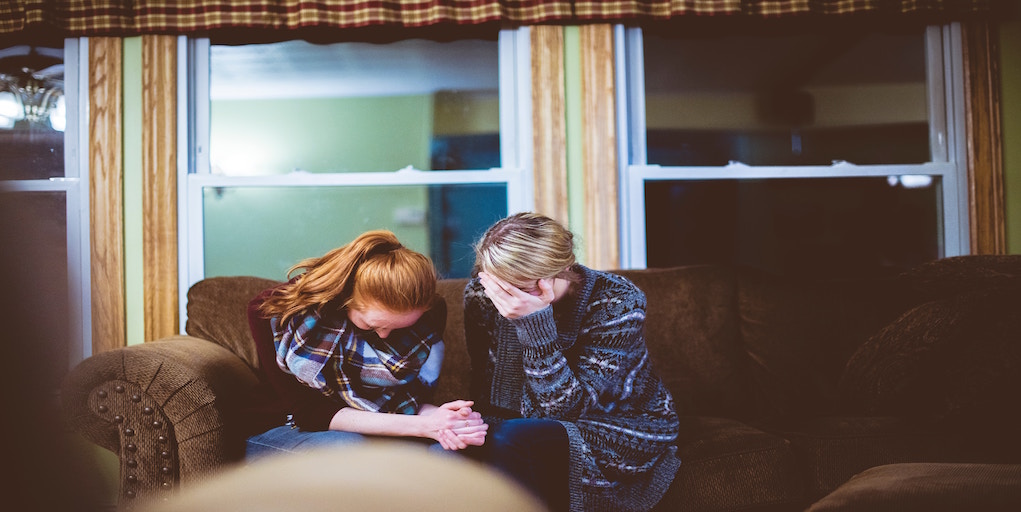Let the journey of self-discovery enrich your life...
The experience of trauma is inherently shaming and isolating. Attachment traumas (psychological wounds caused by those you were dependent upon or those who had power over you) cause considerable levels of anxiety and confusion, and feelings of betrayal and rejection, that are difficult to navigate. Children and teens who suffer repeated traumatization are pushed into a state of ongoing vigilance and emotional dysregulation.
To manage the fallout of abuse, you may have had to disconnect from your feelings and your body. In fact, your feelings may have started to register as dangerous to you, and it may have felt like expressing your emotions would lead to further emotional or physical abuse. Locking away the pain, confusion, terror and outrage may have felt like the only choice in order to manage what was happening. When people are victimized, it’s often true that the most they can do to try and cope (and reach some semblance of safety) is to make oneself appear as small as possible.
When people are victimized, it’s often true that the most they can do to try and cope (and reach some semblance of safety) is to make oneself appear as small as possible.
The shame that follows abuse
Shame is an albatross that drags parts of us underground. Internalized shame creates internal splits that divide us, and, as a result, we no longer have access to the parts of ourselves that need our care.
Our sequestered shame-based parts hold the pain and loathing caused by relational trauma. These parts of us long for healing, but they also are silenced by shame’s mandate to stay underground, to remain hidden and mute.
And once shame takes hold, it has a devouring impact on one’s vitality. It can stand in the way of self-growth and one’s capacity to become more expansive and open. Like a child hiding in their bedroom in order to avoid parental judgment and ridicule, the parts of us that expect criticism or that feel deserving of scorn will go to extremes to keep us outside of the other’s (and our own) gaze.
Survivors of childhood abuse learn to wear masks in order to feel emotionally safe with others.
Survivors of childhood abuse learn to wear masks in order to feel emotionally safe with others. This might be the mask of over-confidence or hyper-competence, the mask of shyness or humility, the mask of stoicism or aggressiveness, the mask of boldness or risk-taking. Whichever form these masks take, when underlying shame is at work, they end up serving similar purposes: to conceal one’s vulnerability and the sense of being a perpetual outsider who doesn’t belong anywhere. When shame is at work, it can also feel like you don’t even fit comfortably within your own body/self.
Shame and Loneliness
“Shame is a soul-eating emotion.” ~Carl Jung
There isn’t a one-to-one correlation between the number of people in your life and how lonely (or not) you feel. You can be surrounded by a sea of others and feel painfully alone. Shame often includes an isolating effect (inward, outward, or both).
Shame not only cuts us off from ourselves, it also blocks our connection to others. The following quote might feel familiar to those who have experienced the traumatic wounds of humiliation that can lead to struggles with loneliness:
“Why the hell am I going to make myself vulnerable? Whenever I’ve done that, I’ve been rejected. So I put on a show of interest in others just to keep the spotlight off me. Or I simply avoid people altogether. I can’t handle the drama of relationships and being hurt again. The problem is, I’m feeling increasingly lonely…”
The paradox caused by traumatic shame: let shame have its way and to varying degrees hide from oneself and others (and suffer the pangs of loneliness); or challenge shame’s biased mandates and take the necessary steps that will hopefully expose its false claims (but in doing so run the possible risk of further injury).
Facing shame can be incredibly scary. Shame manages to convince us that further rejection is not only a possibility, but an inevitability. And because of shame’s ability to eradicate language, it can be difficult to know where to start the journey of healing your shame-based wounds. As Brené Brown so aptly states, “Shame derives its power from being unspeakable.”
~~~
We all feel lonely from time to time. However, too many people suffer from chronic loneliness. This kind of loneliness negatively impacts the quality of one’s life, with each day feeling like a painful slog you must endure. That type of loneliness can be debilitating in more ways than one.
While shyness and social anxiety can be factors in why someone might struggle with loneliness, it’s also important to explore whether the long-term effects of traumatically humiliating experiences — internalized shame caused by childhood sexual, physical or emotional abuse, or abandonment or neglect — are at play.
In these instances, understanding the shame that has paralyzed the wounded parts of you is an important step in healing. Finding words for the inner experiences that have eluded description becomes paramount. Bringing your attention inward and not prematurely settling on the fallback position of “I have nothing to say” or “I don’t know what I feel” becomes a first step in shining a light into the darkness where shame lives. If exploring this on your own is too emotionally triggering, working with a trauma-informed therapist can be helpful.
~~~
Rich Nicastro, PhD, is a psychologist with over twenty-five years of experience in treating relational trauma. He offers teletherapy for individuals and couples throughout the United States.









